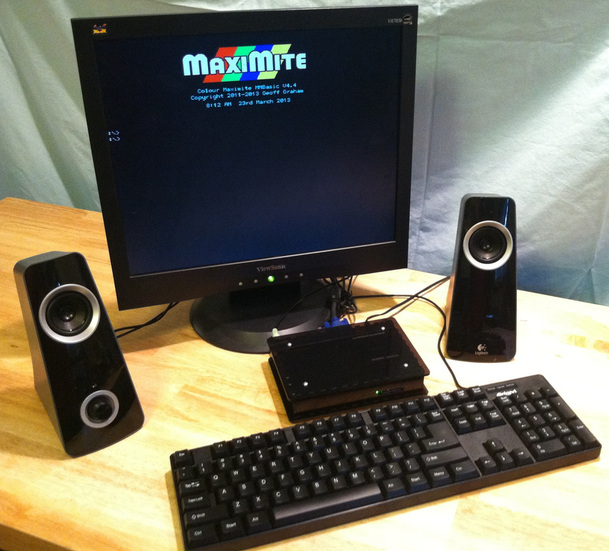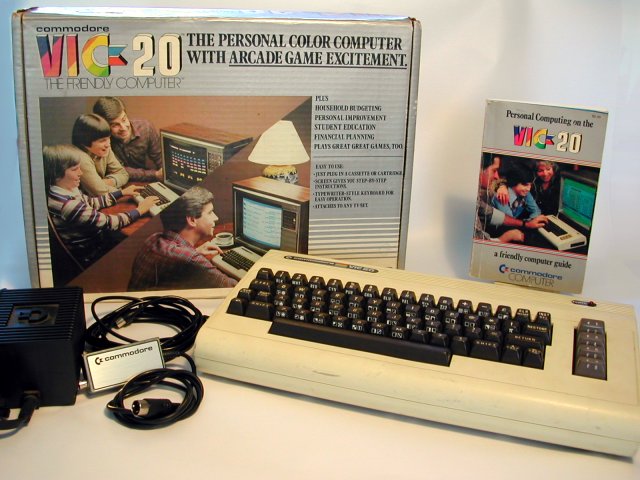I find most professional programmers seem to find every shortcut they can. It does make it harder to read and maintain and thus adds job security to the programmer (though its rarely admitted) because it's actually due the fact that they are always under pressure to get 10 days of coding done in 5.
Then there is ++A which is not the same.
And when I found an error I had to remember to erase the mistake on paper and correct it or the change would be lost as soon as I shutdown the VIC20 or lost power.
Thankfully the Maximite has an SD card to save the program and I can take the SD card to my Mac and print out the program if I want.
I also found out through searching for VIC20 sample programs that Linus Torvalds, who created LINUX, started out programming on a VIC20. I just wish more kids could get introduced to the simplicity of BASIC before having C and Perl and Ruby and C++ and... shoved at them.
I guess I'm just dating myself. Anyway, back to having fun with BASIC.



 RSS Feed
RSS Feed
